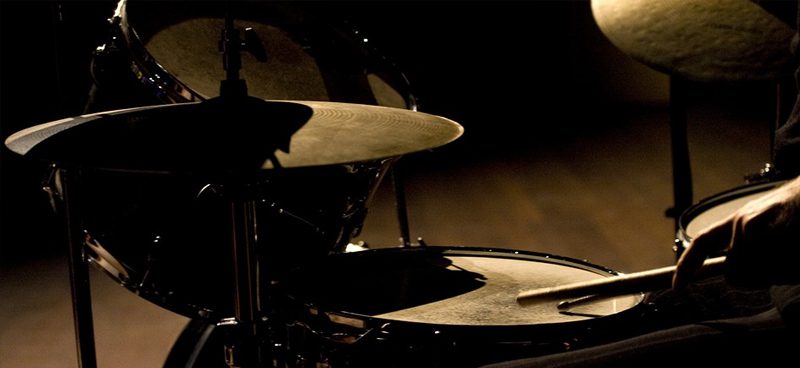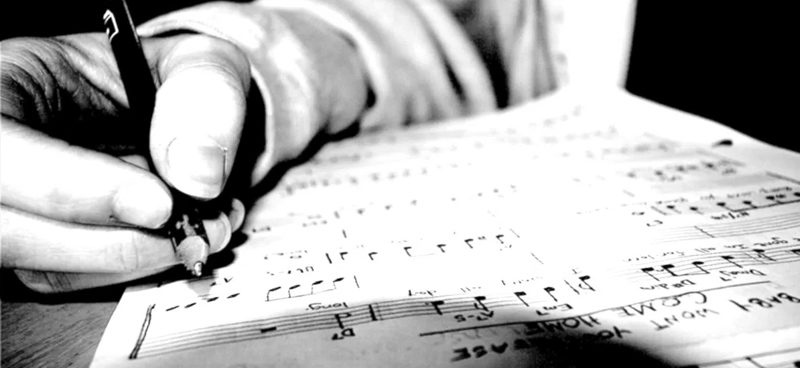How To Create Pop Music
What is it about pop music that is so catchy?
Why is it that every time a song becomes popular, it seems to be replayed over and over on the radio for months on end? It's all in the production, from the way a song is arranged to the way the rhythms work with and against one another. Check out these tips for producing a successful pop track, including tips for arranging music, creating catchy choruses, and crafting interesting rhythms that will have listeners hooked in an instant.
1. Create Unique Rhythms

One of the most important parts of what makes a good pop song catchy enough to stay in everyone's heads for days – or longer – is the rhythm. Rhythms immediately draw attention, gain recognition quickly, and are memorable when they're carefully crafted. To make a pop song successful, you can incorporate:
• Repeating patterns – It's pretty well-known that it's easier to memorize a repetitive song, and that's exactly what makes these songs successful. If a pop song is rhythmically repetitive, with perhaps a few interesting alterations strategically placed (perhaps in the chorus), you can bet that it will be recognizable and memorable – two criteria for a successful pop track.
• Melodies with interesting rhythms for vocalists – and their listeners – to sing.
• Non-lyric vocal hooks or instrumental hooks – Whether it's a record producer, an artist, or someone who's taking your track for a whirl, if you're looking to create a successful pop song that grabs immediate attention, an interesting hook will help you accomplish that.
• Rhythms typical of one genre into a pop song. This can mean incorporating genres with typically faster rhythms like many forms of electronic dance music or slower rhythms like R&B. Learn more here about the differences in how genres sound and how you can begin to break down a genre's rhythm to incorporate it into a pop track!
Looking for more ways to create unique rhythms? Check out these "8 time and rhythm tips" on MusicRadar.
2. Craft a Memorable Chorus

Crafting a chorus involves more than good lyrics or a good rhythm. You have to make sure that your chorus and verses complement each other and are different enough for the chorus to be the most memorable and "catchy" element of your track. How can you achieve this? Check out the tips below for writing a great chorus that fits your song, and find more here on Musicgoat.com.
• Create different rhythms for your chorus and verses
When you write a chorus with a rhythm that is slightly different than that of your verses, you'll find that there's enough contrast to make your chorus stand out (but not enough to create major dissonance).
• Change the dynamic of your chorus and verses
Once you've changed up the notes or rhythm in your chorus to make it different than the verses, try adding in dynamic sounds to further emphasize the change from verse to chorus. This can be a literal change of pace, a change of instruments used, a change in volume, etc.
3. Be Strategic in Your Arrangement

When you're made it to the arrangement stage of the music production process, you'll need to keep a few things in mind to ensure you're creating the types of sounds you want – and that all of your sounds are working cohesively and effectively.
• Understand that your sound space is limited:
According to music producer music producer Michael Anthony Wright (aka Brassica), when arranging, you "have a limited amount of space on the soundstage," so you should think of your work as a cinematographer might. There's only so much that can fit in a camera's field of view before you have to sacrifice clarity and quality by zooming out to allow for more objects to fill the frame. Similarly, when arranging music, you're working within a set sound space, and there's only so much that can be added before the quality of your sound diminishes. And don't be afraid to leave some of your sound space empty!
• Create sounds that you're happy with before you begin arranging:
Producing good sounds from the get-go will allow you to create arrangements with the quality of sound you want during the mixing and mastering processes. Check out this Recording Revolution post on how a good or underdeveloped arrangement can affect the overall quality of a track's sound. For example, if you're looking for a big sound in your track, you should try to create that large sound organically with the instruments and vocals in your arrangement.
However, keep in mind that making sounds louder in an arrangement won't necessarily give you the results you're looking for. Producer Jasper Patterson (Groundislava) says, "Instead of bringing the gain up on something you want louder, consider that maybe everything else should be quieter." Whether you're creating bigger sounds or toning some sounds down, be sure that you're always focused on the quality of your sounds before and during arrangement.
Take a look at another MusicRadar article, "22 Essential Arranging Tips" to learn more about how you can create effective arrangements that will propel a song to success.
At The Los Angeles Film School, we help aspiring music producers foster the skills they need to create successful tracks and albums before they've even left our program. With an Associate of Science in Music Production degree, you'll come to understand the ins and outs of producing hit pop music, learning how to adjust to industry trends to ensure you're producing music that will be noticed and remembered.
How To Create Pop Music
Source: https://www.lafilm.edu/blog/3-tips-creating-pop-music/
Posted by: mclaughlinfragend.blogspot.com

0 Response to "How To Create Pop Music"
Post a Comment